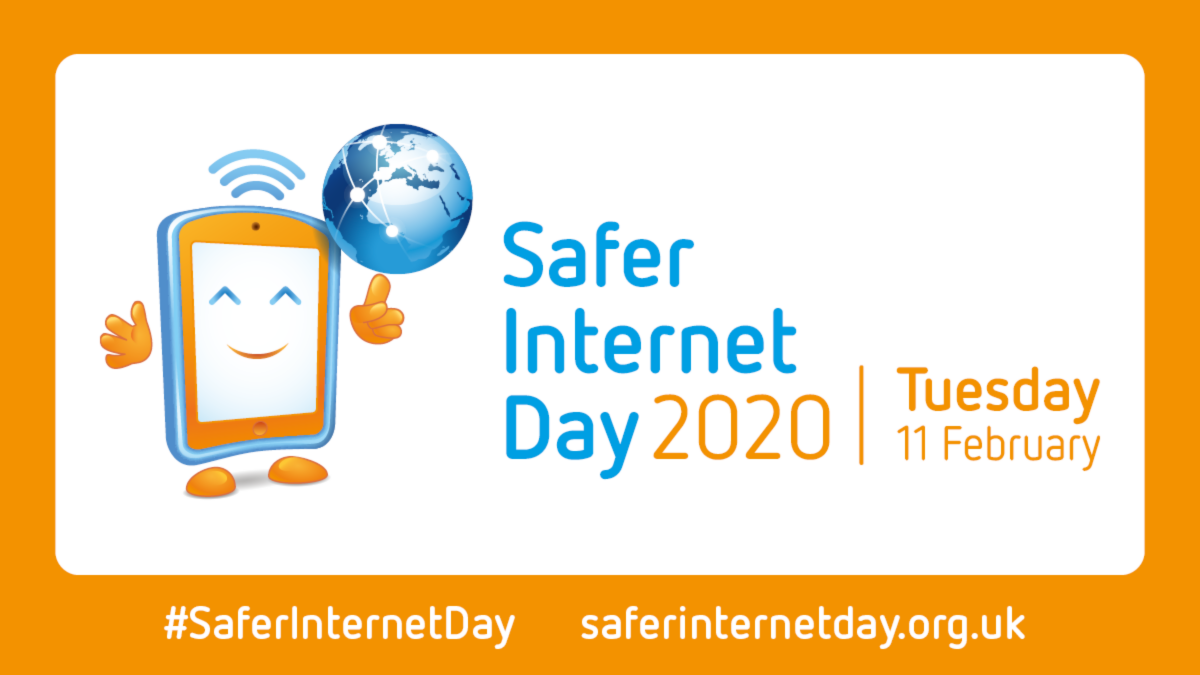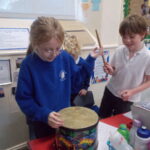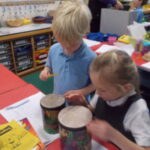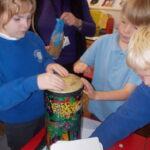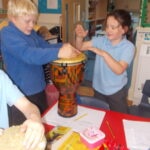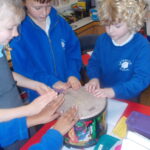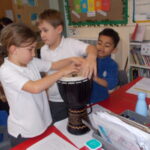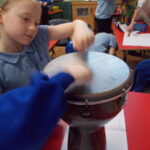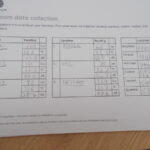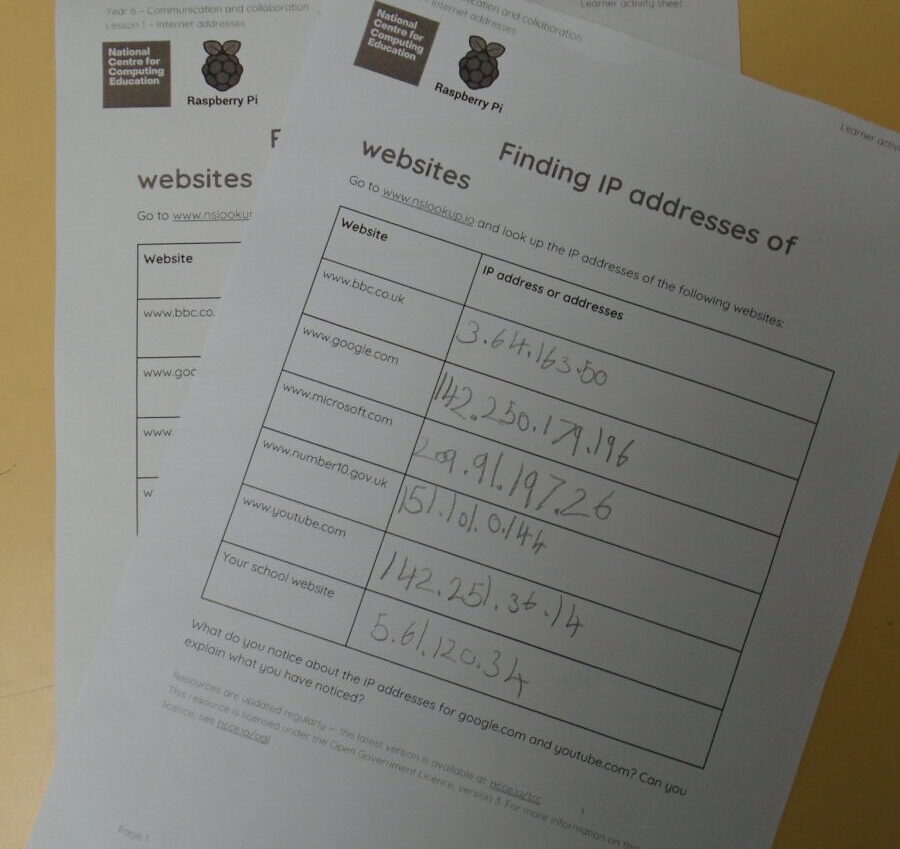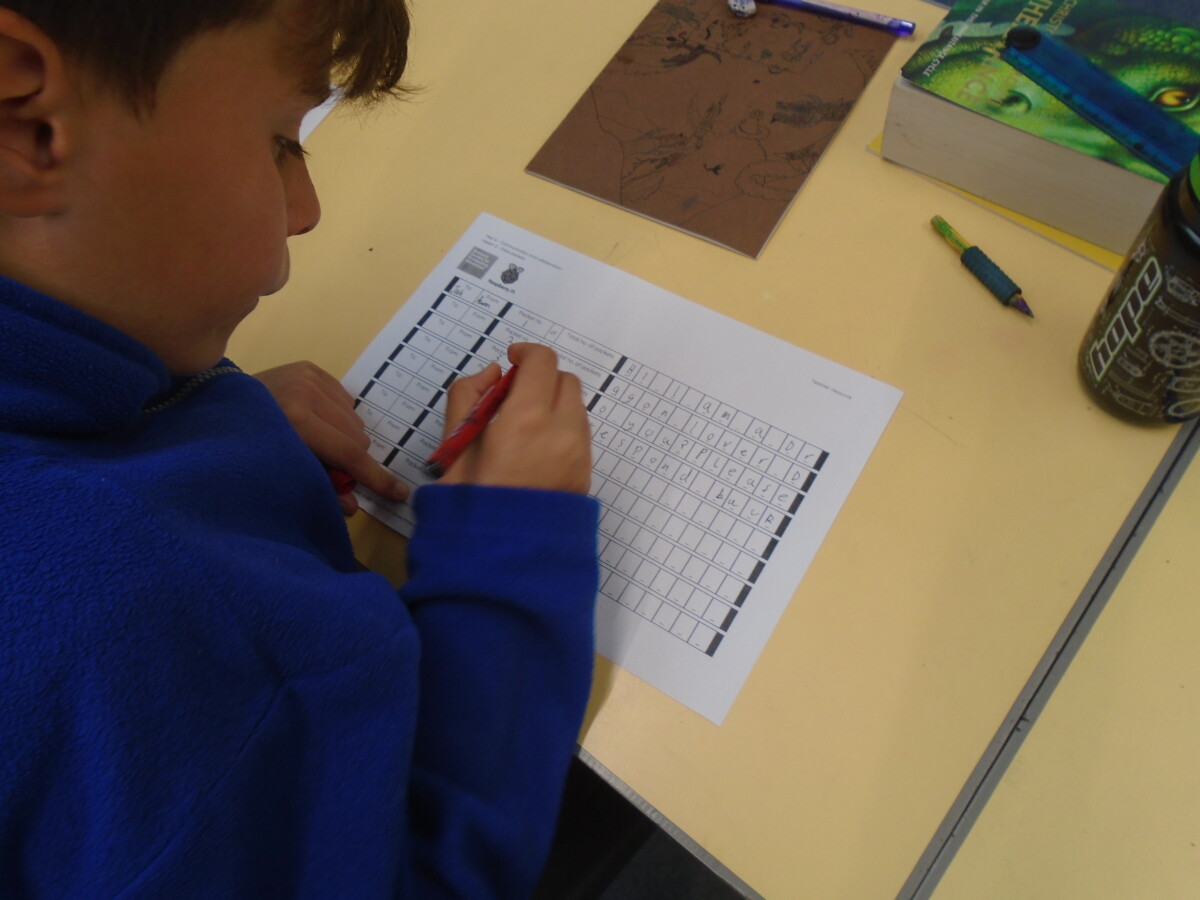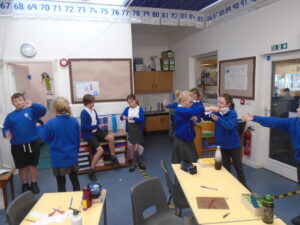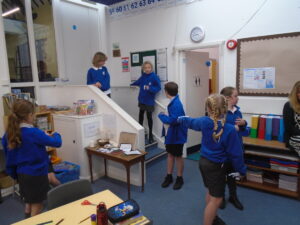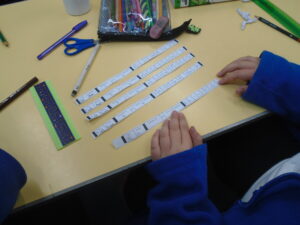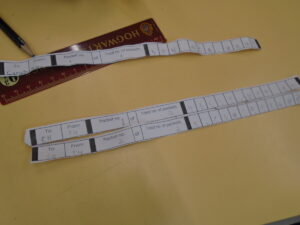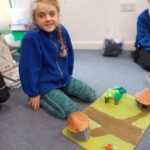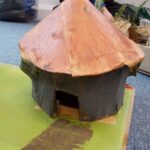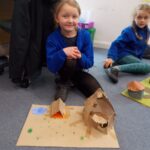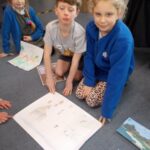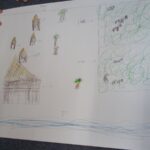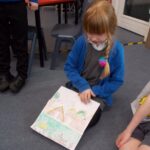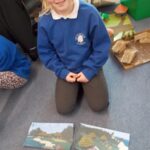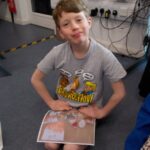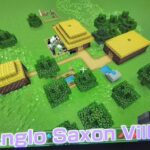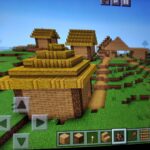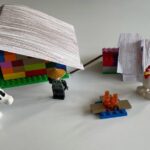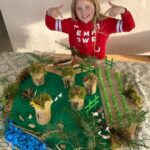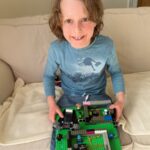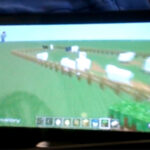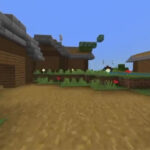
Today is Safer Internet Day 2022, when schools and youth organisations across the country take part in a global campaign to promote the safe and responsible use of technology. Safer internet day calls on young people, parents, carers, teachers, social workers, law enforcement, companies, policymakers and more to join together in helping to create a better internet.
Using the internet safely and positively is a key message that we promote in school, and celebrating Safer Internet Day is a great opportunity for us to re-emphasise the online safety messages we deliver throughout the year.
This week, Class 1 have listened to a story about Smartie the penguin, joined in with Mummy penguin’s song and learned about what to do if we feel unsure, scared or upset by something we see online. Class 2 have met “Jessie and Friends” and explored how to share pictures online appropriately and use online games responsibly. Class 3 are and Class 4 have both looked in detail at online gaming by teaching an alien from another planet about how online games work, what’s OK, what’s not and where to get help if we need it.
We would be delighted if you could join us in celebrating the day by continuing the conversation at home. To help you with this, you may be interested in downloading the free Safer Internet Day resources for Parents and Carers which are available at: saferinternet.org.uk/sid-parents.
There are top tips, quizzes, and films which you can use at home with your child.
Some other resources which you may find helpful in supporting your child online are:
● Tips, advice and guides for parents and carers from the UK Safer Internet Centre (saferinternet.org.uk/parents-and-carers)
● Advice for parents and carers from Childnet (childnet.com/parents-and-carers)
● Reviews and information about games, apps, TV shows and websites from
Common Sense Media (commonsensemedia.org)
● Help on using parental controls and privacy settings from Internet Matters
(internetmatters.org/parental-controls)
● Information and reporting of online grooming or abuse from CEOP (ceop.police.uk)
